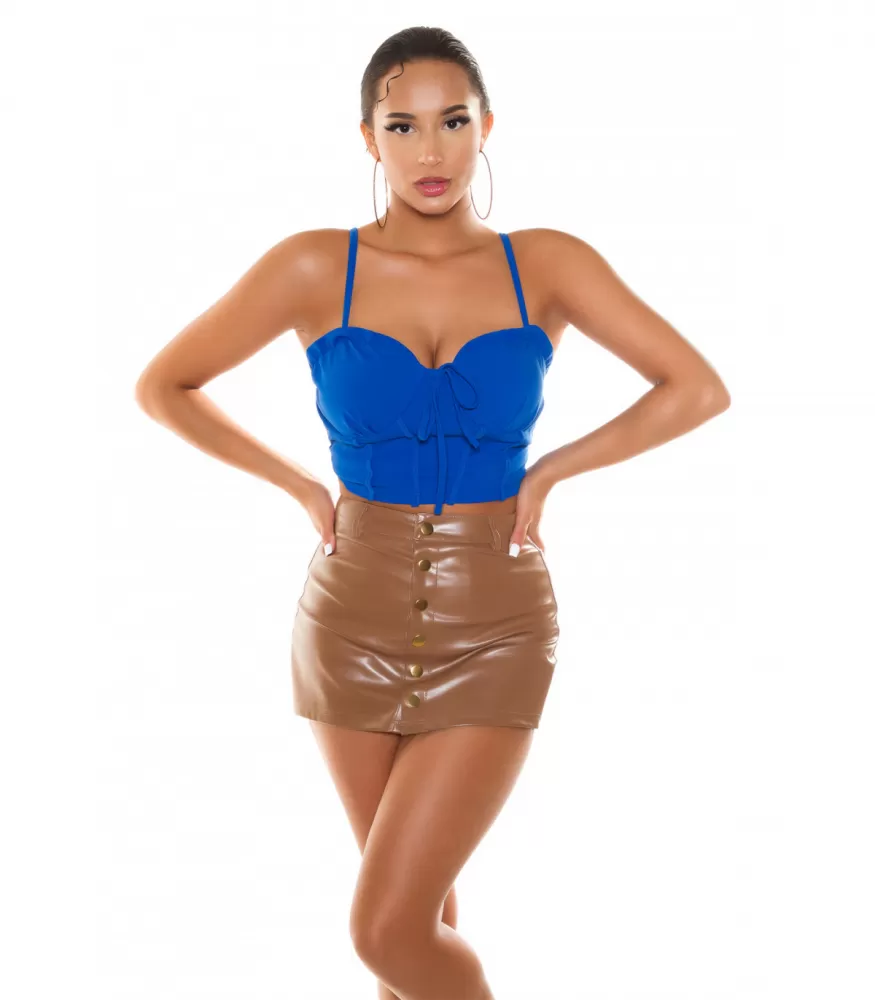Dresses are an essential part of your woman’s wardrobe, providing overall flexibility, type, and luxury for a number of functions. Whether or not you’re participating in an official occasion or just going for a informal day out, knowing the nuances of women’s dresses can help you make educated design choices. Here’s an intensive help guide everything you should understand about women’s dress (mekko):
1. Understanding Dress Types:
Informal Dresses: Designed for everyday use, informal dresses come in comfortable designs for example shirt dresses, change dresses, and wrap dresses. They are comfortable and trouble-free, making them excellent for working errands or conference close friends for brunch.
Professional Dresses: Professional dresses (mekot) are personalized for special occasions like marriage ceremonies, cocktail celebrations, or gala occasions. They include a wide range of styles such as soccer ball dresses, night dresses, and mermaid dresses, frequently offering high-class fabric, intricate touches, and flattering cuts.
Job Dresses: Work dresses are expert and shiny, suited to place of work options. They encompass types like sheath dresses, pen dresses, and personalized tee shirt dresses, offering style and elegance and keep professionalism.
Periodic Dresses: Holiday dresses focus on distinct climatic conditions and trends. For example, summertime dresses are gentle and airy, frequently created from breathable fabrics like cotton or linen, while wintertime dresses may characteristic weightier supplies like wool or velvet for warmth and comfort.
2. Exploring Textiles and fashoins:
Organic Materials: Fabrics like cotton, bed linen, silk, and wool provide breathability, ease and comfort, and sturdiness, making them ideal choices for distinct dress types and situations.
Synthetic Fabric: Materials like polyester, nylon material, and spandex offer expand, durability, and wrinkle amount of resistance, providing practicality and easy look after hectic life-style.
Images and Patterns: From florals and lines to geometric prints and abstract motifs, dress models integrate a variety of styles to fit various likes and tastes, introducing graphic curiosity and persona in your clothing collection.
3. Adopting Silhouettes:
Flared Silhouettes: Dresses with flared or perhaps a-line silhouettes provide a timeless and flattering suit, skimming more than contours and making an hourglass shape.
Installed Silhouettes: Bodycon dresses and sheath dresses embrace the body’s all-natural shape, providing a sleek and innovative seem that accentuates curves and highlights female dimensions.
Flowy Silhouettes: Empire waistline dresses, maxi dresses, and trapeze dresses give a calm and airy silhouette, providing comfort and independence of motion while exuding classiness and grace.
4. Style Guidelines:
Adding accessories: Increase your dress with add-ons like statement jewelry, straps, scarves, or handbags to add individuality and style to your outfit.
Layering: Try out layering parts including cardigans, blazers, or jackets to changeover your dress from day to night or perhaps to get accustomed to altering weather conditions.
Mixing up and Complementing: Have some fun mixing up and corresponding different dress types, colors, and textures to generate unique and individualized appearance that mirror your uniqueness and trend sensibilities.
5. System Positivity and Confidence:
Celebrate the body form and adapt to dresses that help you feel comfortable and strengthened.
Give attention to match and comfort rather than implementing firm attractiveness requirements, and remember that true design arises from in.
Assurance is vital to rocking any dress with poise and elegance, so dress in your best dresses with satisfaction and radiate positivity wherever you go.
In summary, women’s dresses give a arena of opportunities for personal-expression, creativity, and specific
